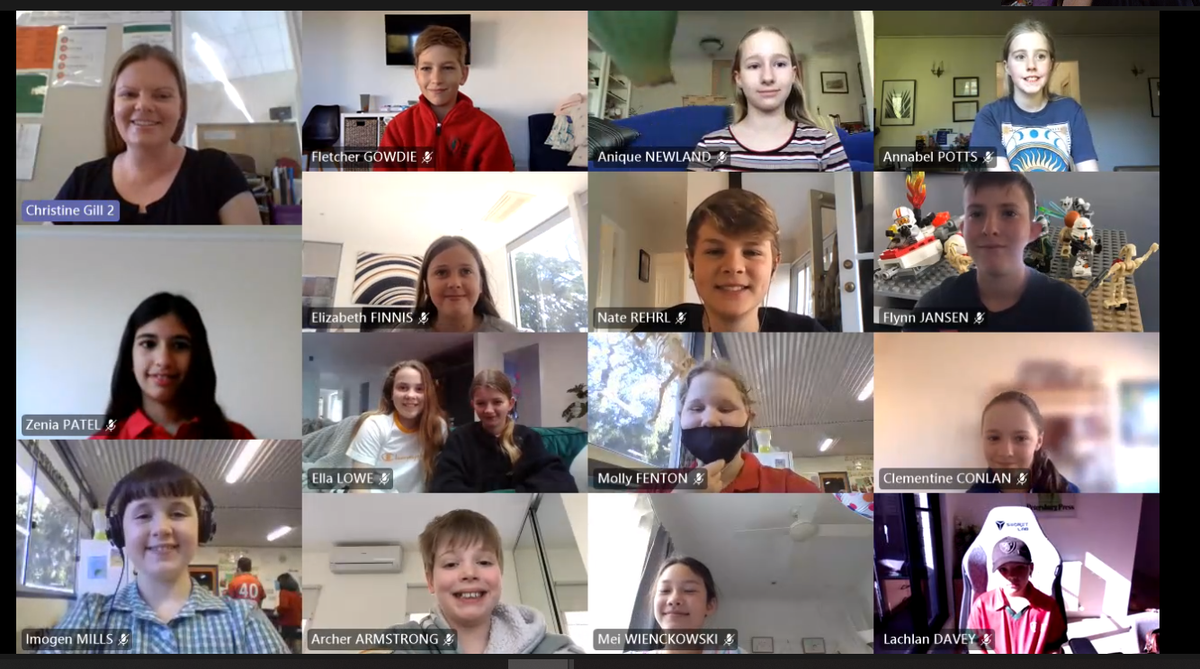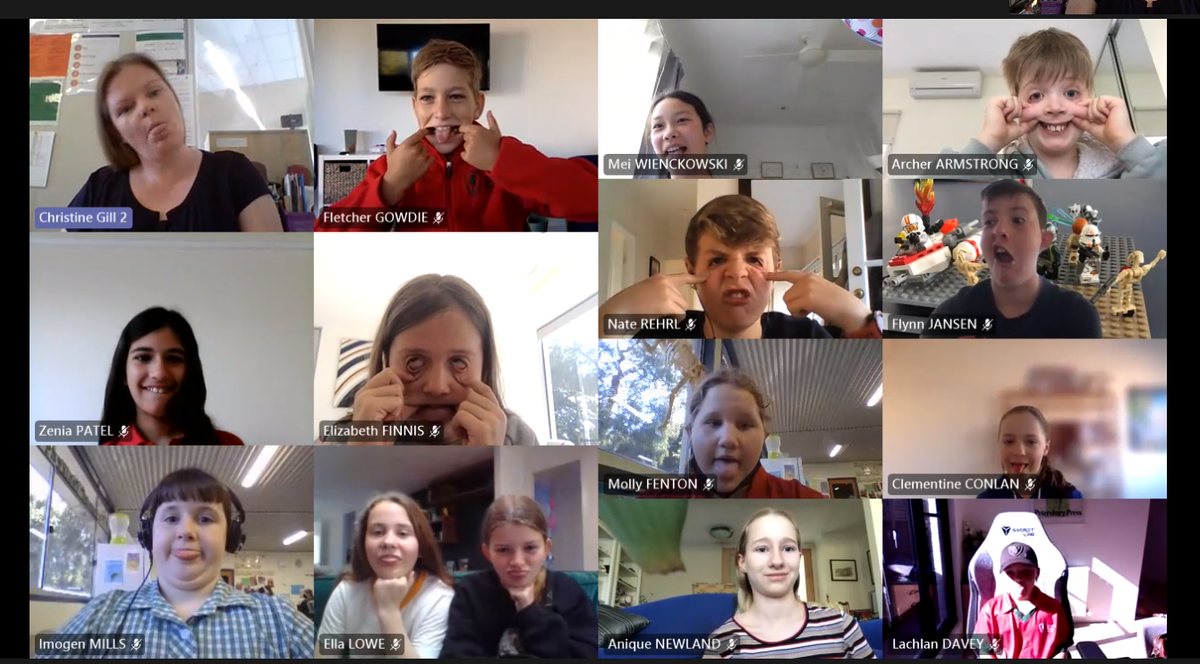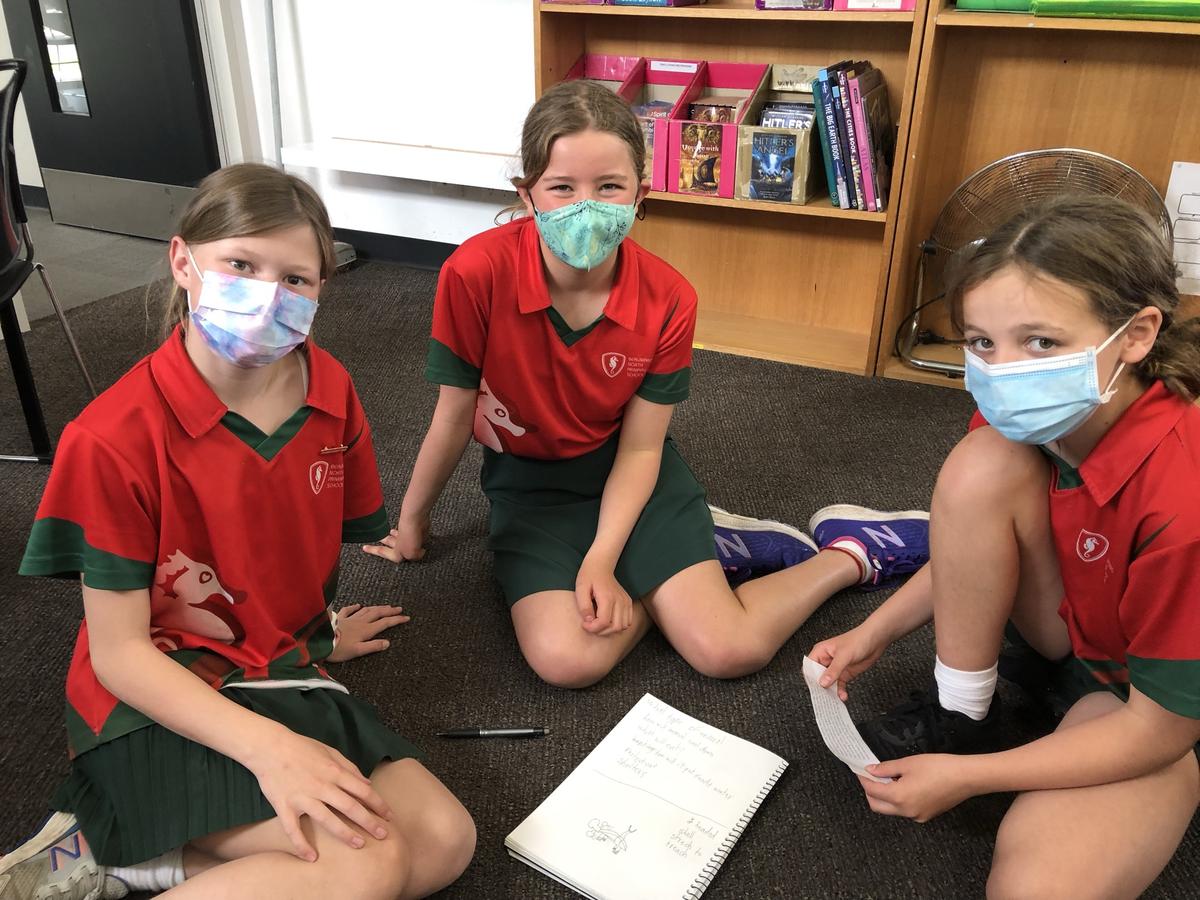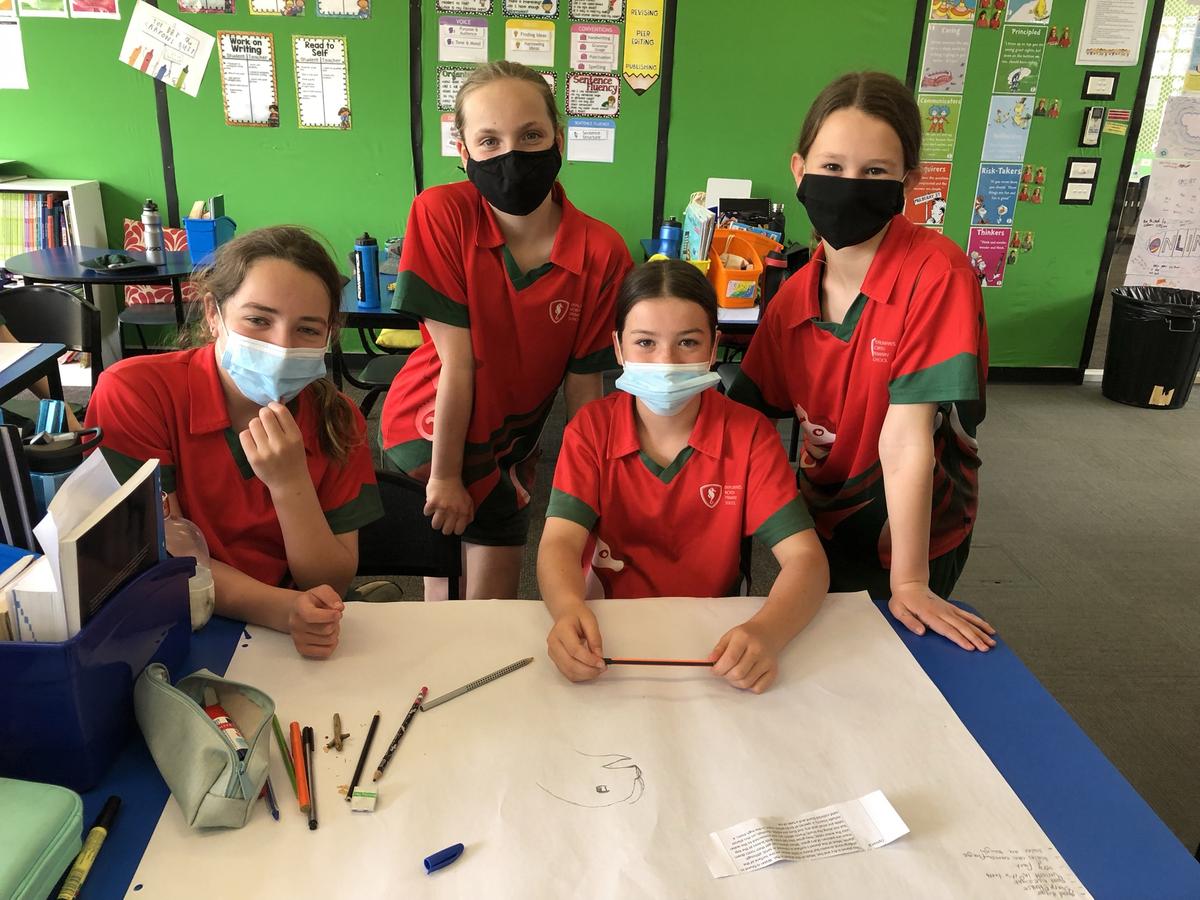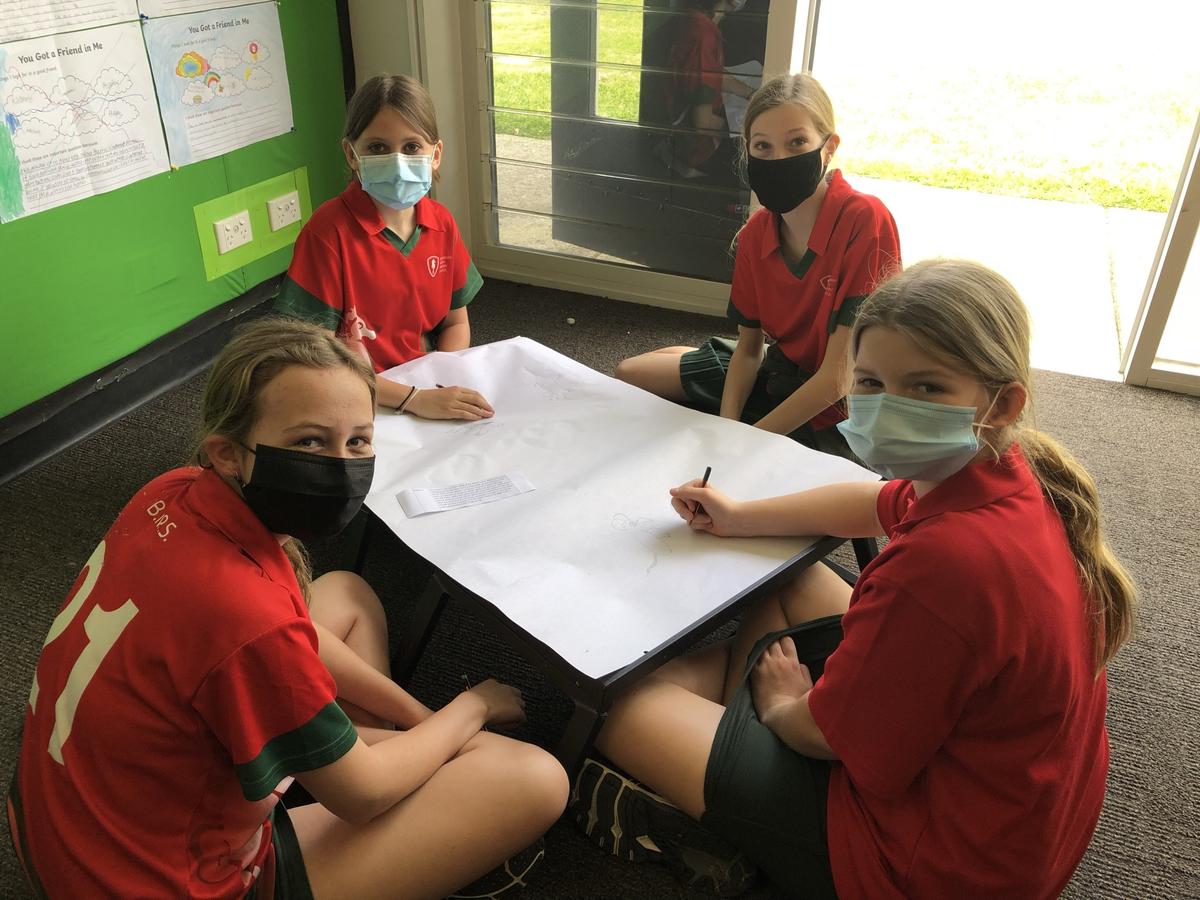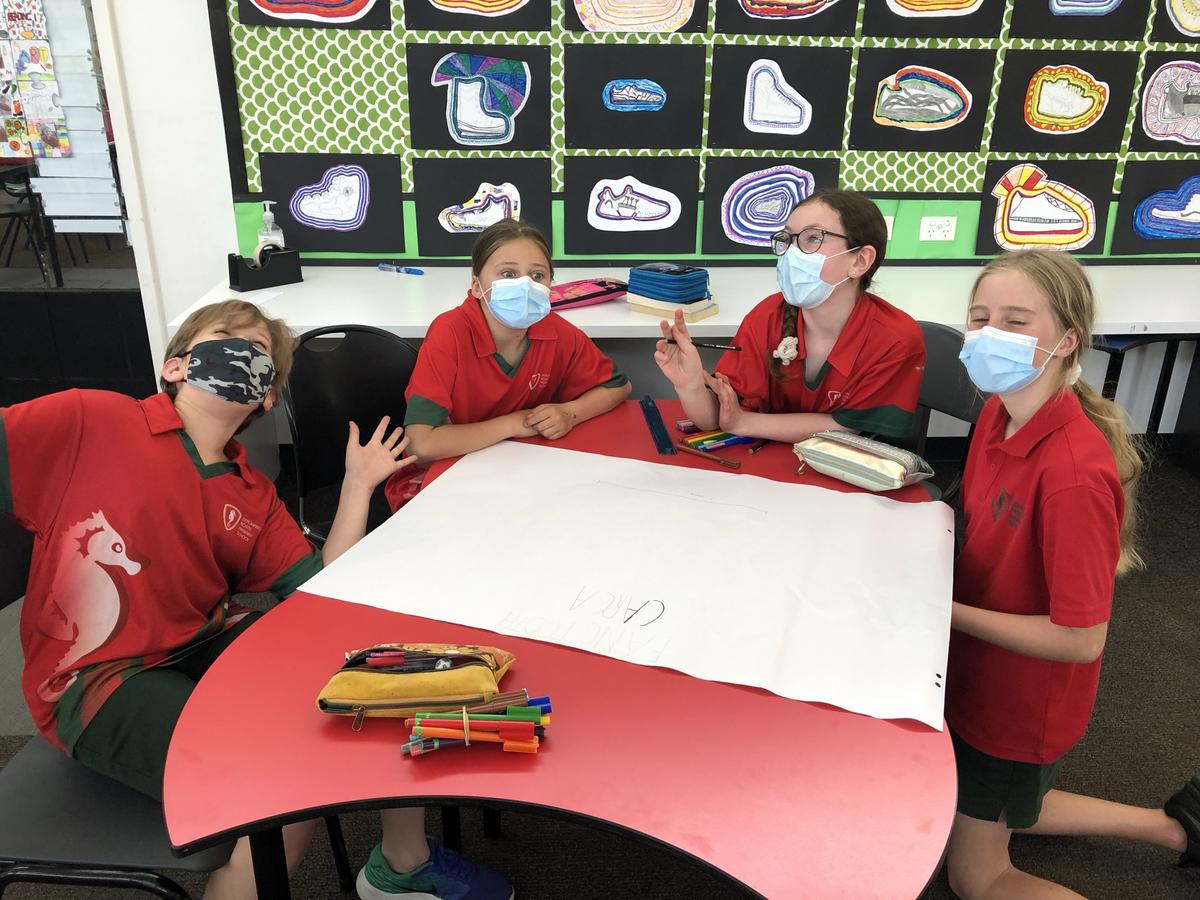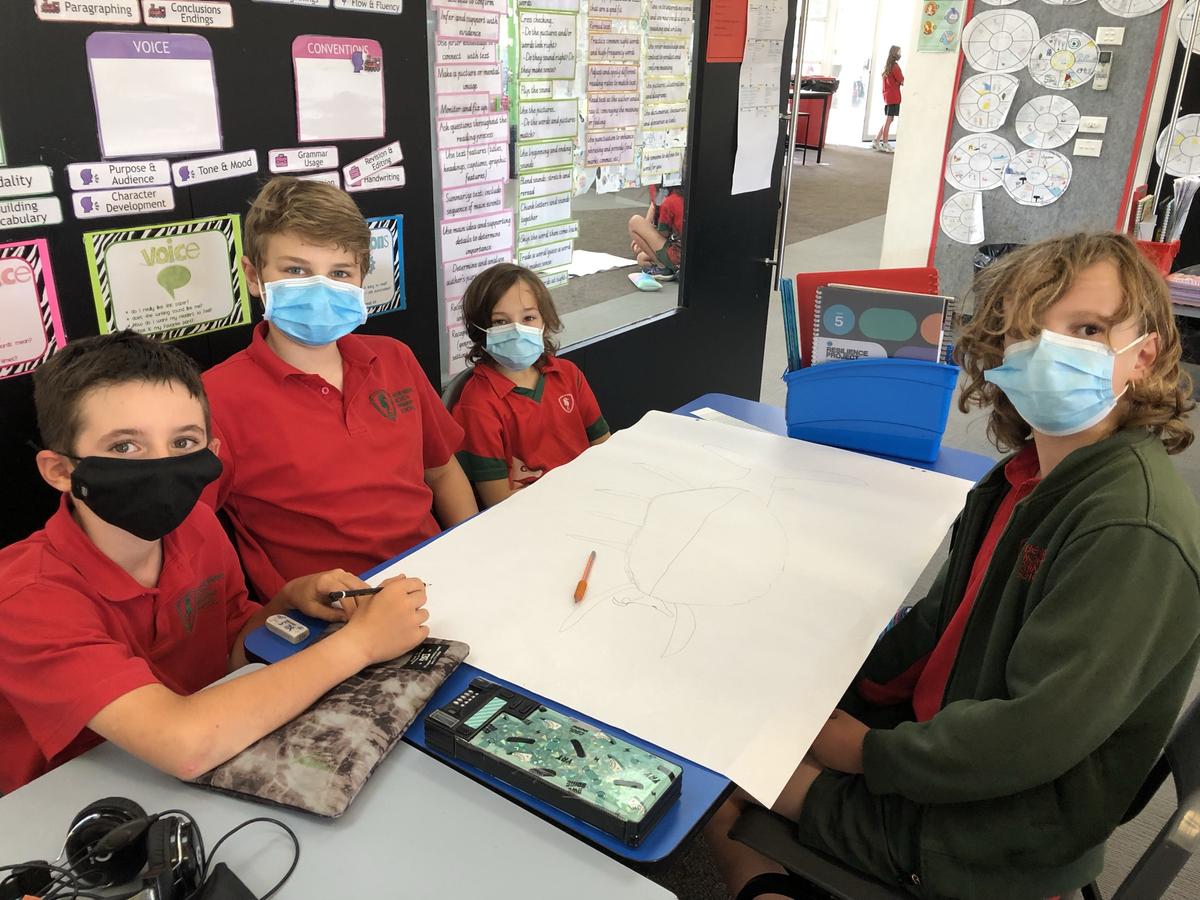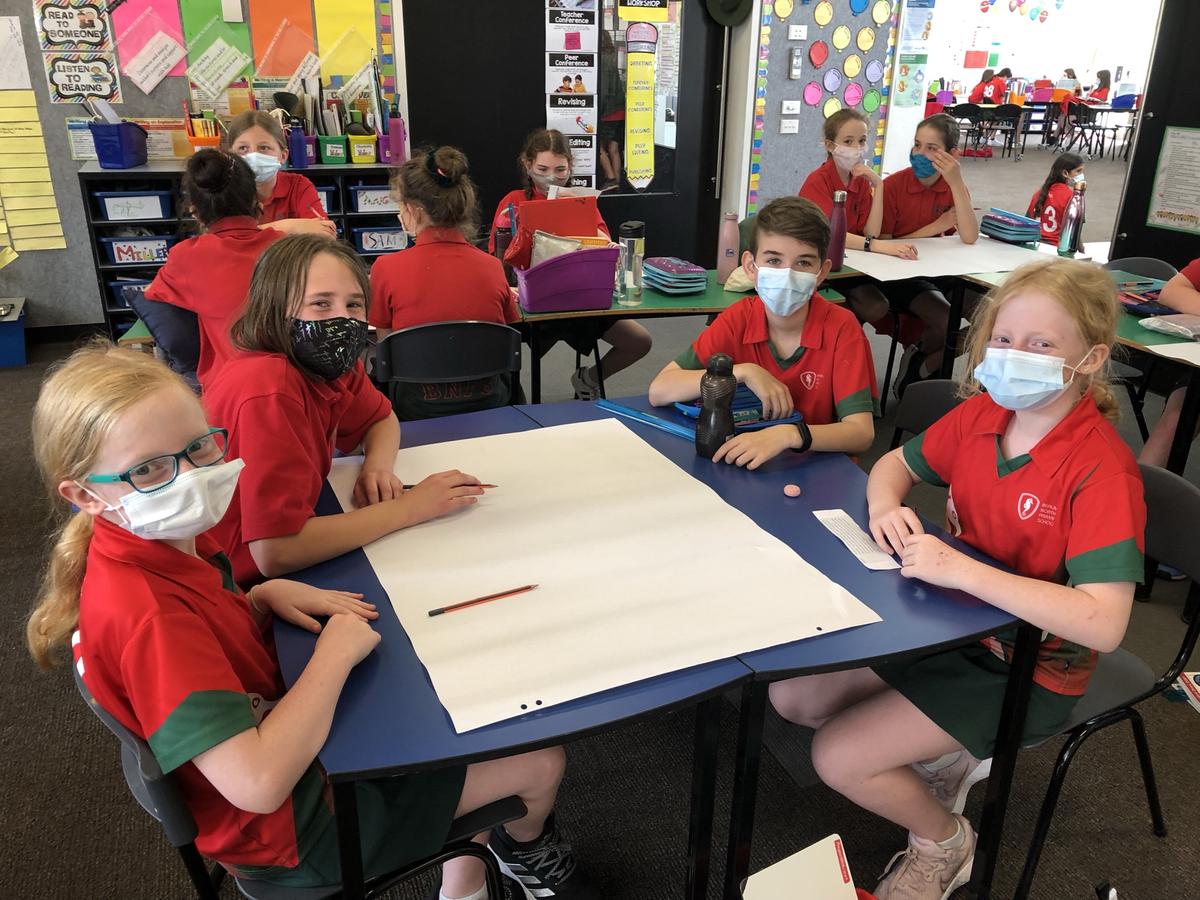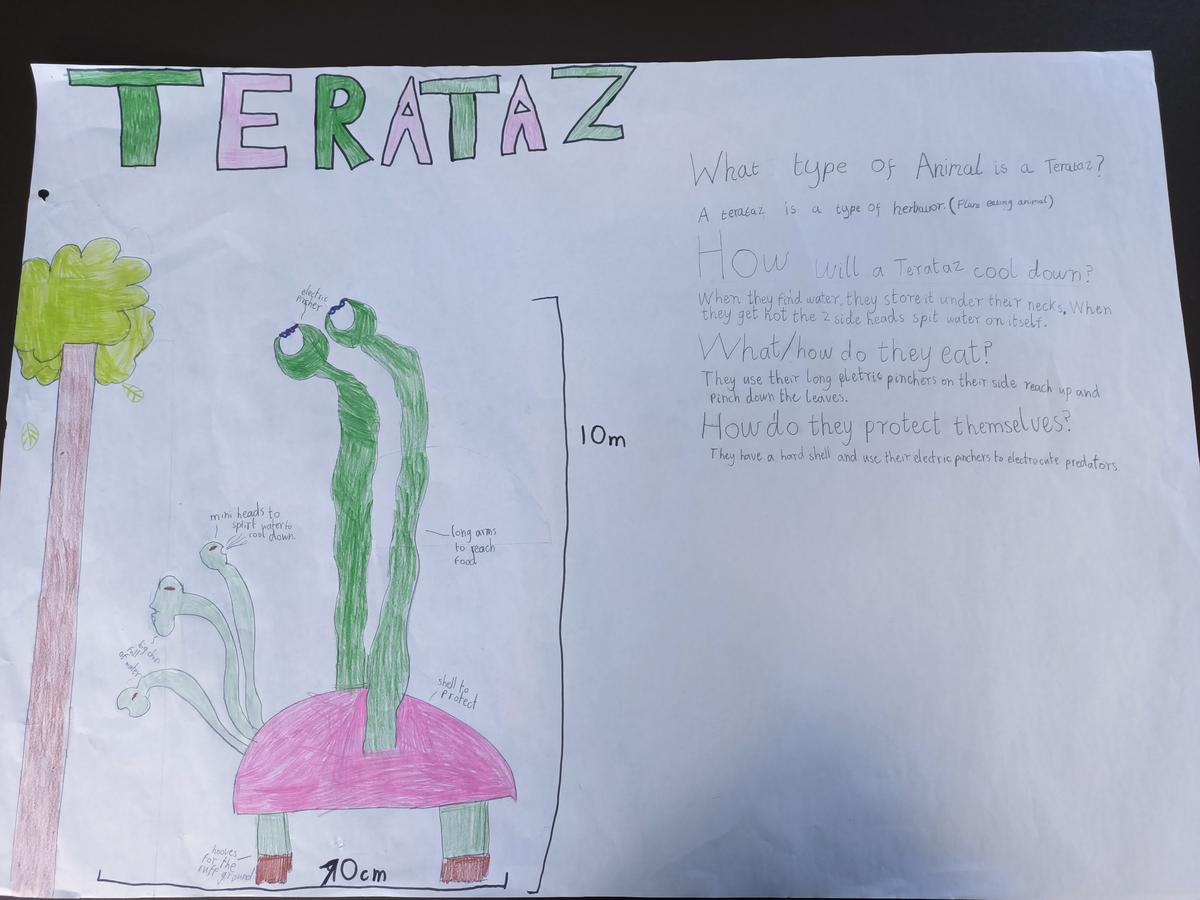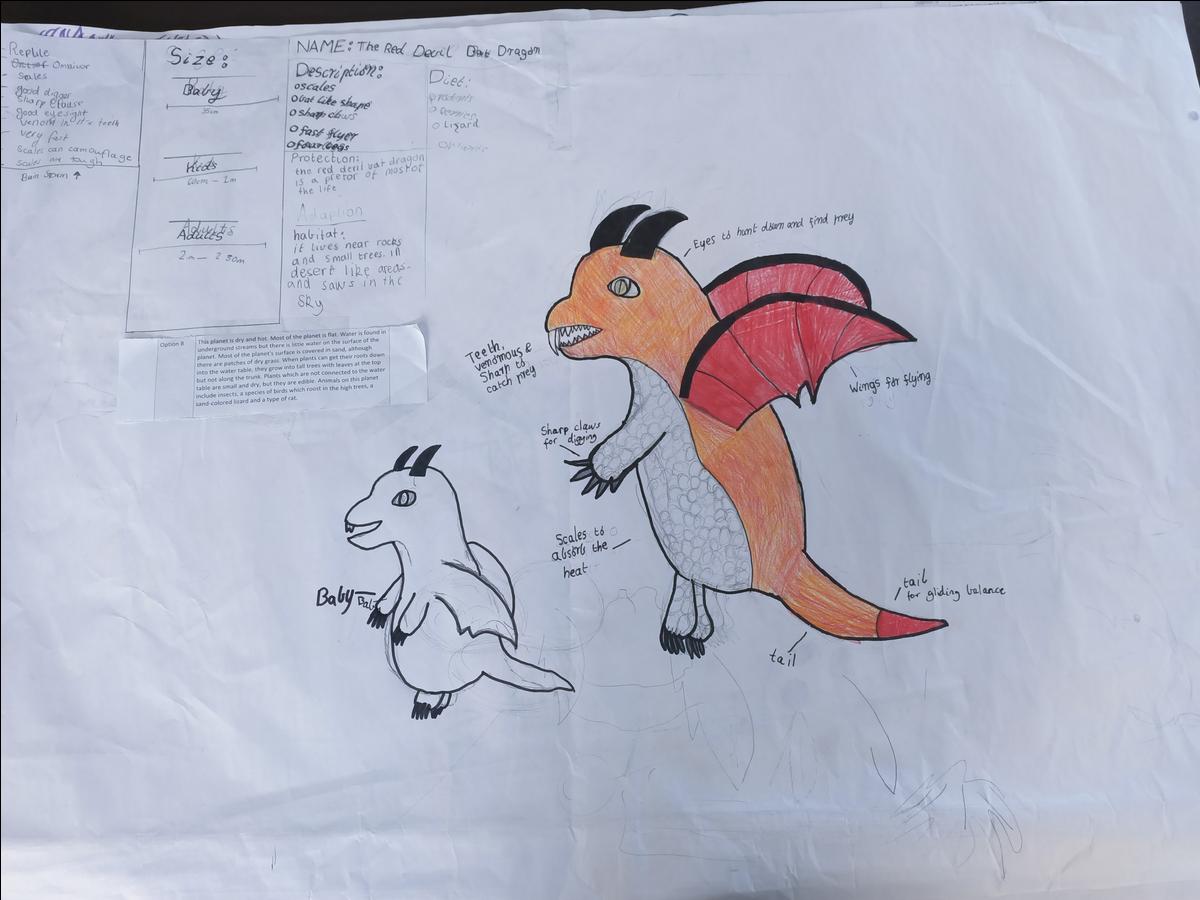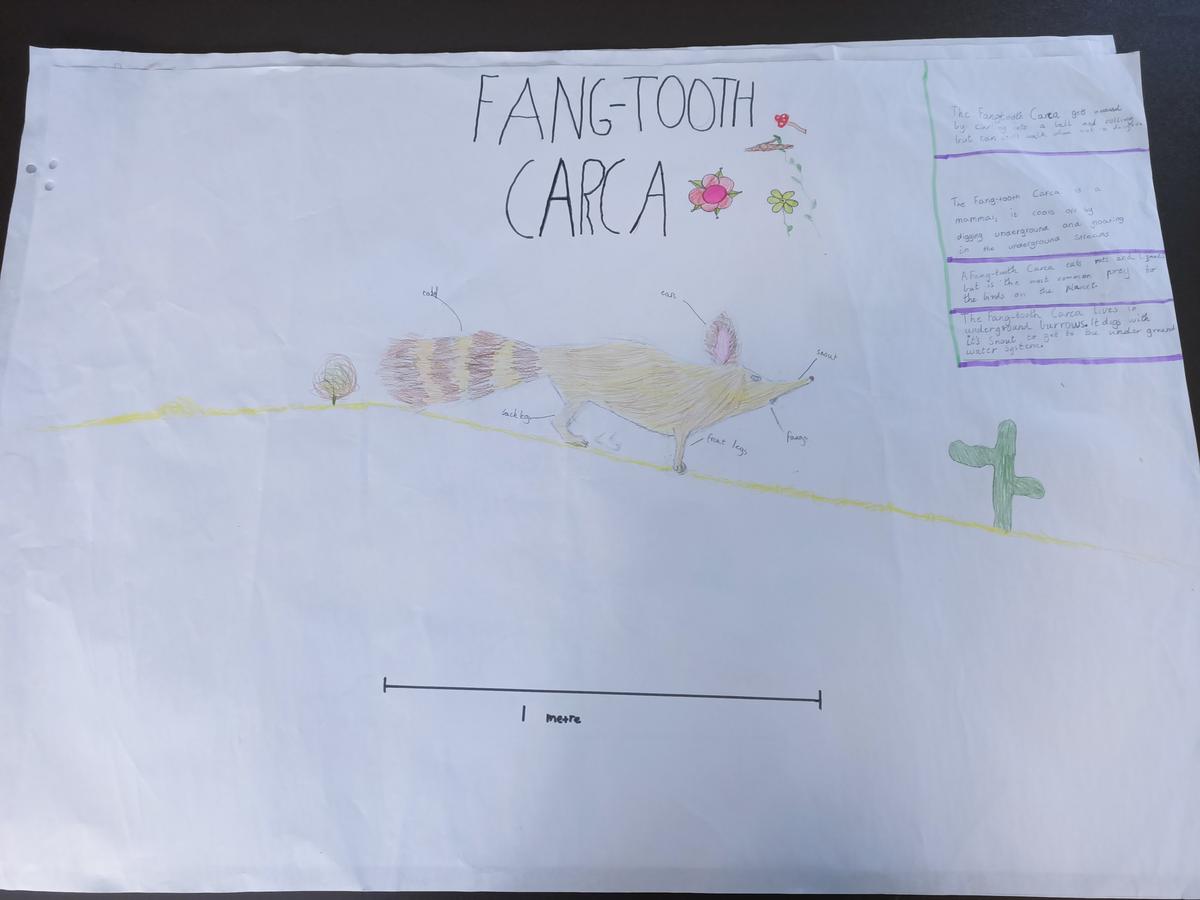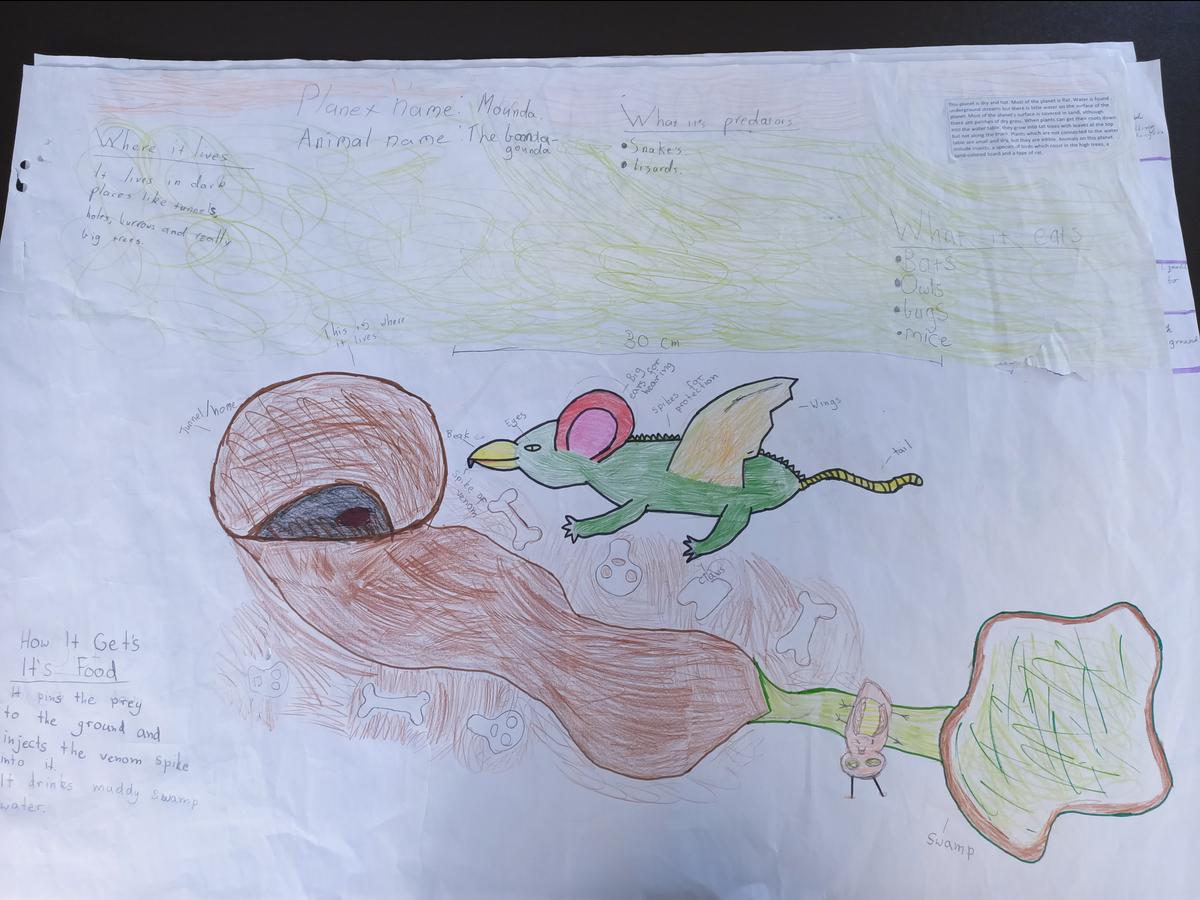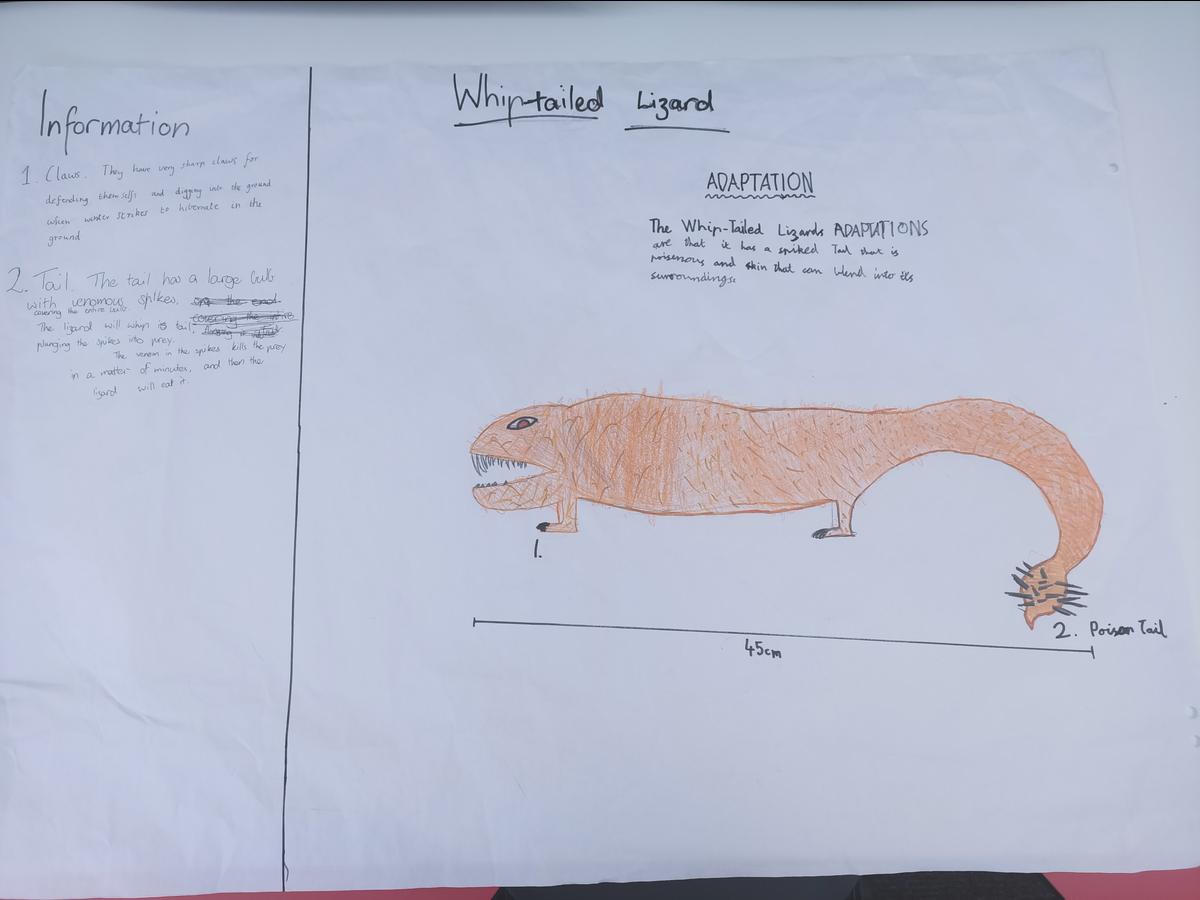Year 5 News
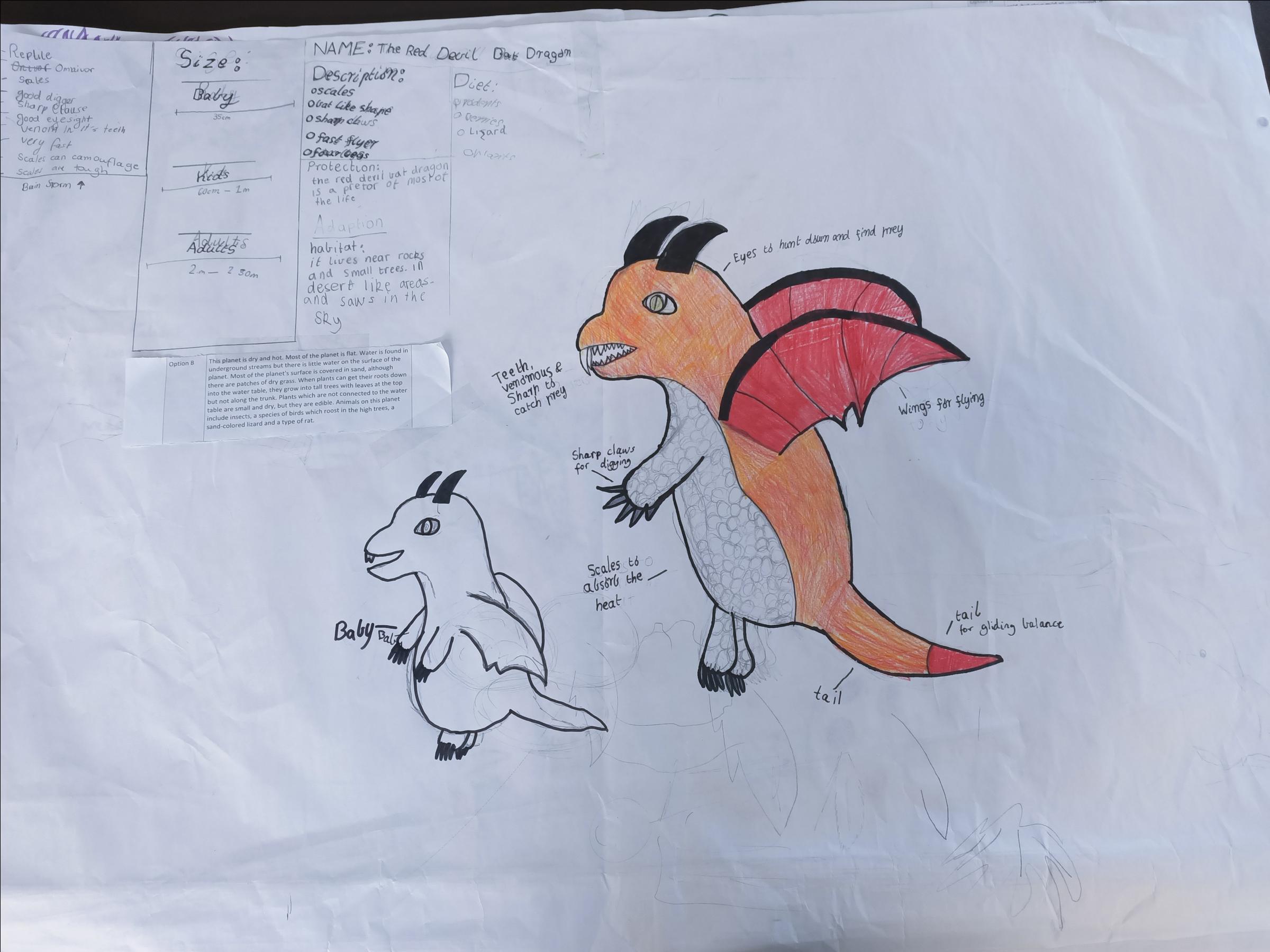
Welcome Back Year 5
It was wonderful to see our students back at school on Friday last week and what a joy to see their laughter, learning and play once again. We thank our Year 5 parents for their support throughout the remote learning period and for encouraging your children in making a positive transition back into the classroom.
Our classrooms on Friday were filled with life again, and we had a great day catching up and reacquainting ourselves with classroom friendships, expectations and behaviours.
Inquiry
We have been exploring animal and plant adaptations in our unit of inquiry ‘Significant environmental events affect the balance of an ecosystem’ and learning about the behavioural and structural adaptations that animals have evolved in order to help them survive.
On Friday, our students became scientists and worked collaboratively in groups to design and create an animal adapted to life on a new planet. The animal had to perfectly suit it’s physical environment and be strong and resilient enough to survive.
Terataz: Written by Genevieve
Creators: Genevieve, Verity and Nancy
Last week Friday the 22 of October was our first day back at school. We were all so excited for our new unit of inquiry. It is the year 3000 and humans could now create planets and animals.
The teachers have created four different ecosystems while the students work in groups of 3 to create an animal for one of those planets. The ecosystem we got was a desert that grew tall trees with leaves only on the top. It is hot and dry with only small amounts of grass.
The animal we made is called a Terataz. It ticks all the boxes because
- It is near the top of the food chain. But animals with sharp beaks can kill it from under the neck.
- It has a turtle like shell on its back and Long arms with tasers at the end to protect itself.
- The Terataz is a herbivore. Using their long arms they reach up and grab the leaves off the tree. They store water under their chin.
- The Terataz lives in a dry water hole so it is protected from the sun. it has 3 heads, 1 main one to eat with, and the other 2 are used to spray water on itself when it gets too hot.
The Red Devil Bat Dragon:
Written by Milla and Eliza
Creators: Milla B, Eliza M, Ava B and Maddie S
It has a massive bat-like structure and four strong legs for digging down below for water, some parts of the body have special scales to absorb the heat and fur to keep warm at night as it is like a desert on this planet.
Some adaptations of The Red Devil Bat Dragon are scales to camouflage itself against other predators or prey. Sharp, long, pointy front teeth that contain poison to paralysis its prey then after, eat it. Sharp claws to dig into the (hard) sand when trying to find things (like insects). Wings that are very powerful can be used to blow sand/dust as protection and also to uses to fly very fast. Horns on its head for making itself look intimidating. Red-orange skin to warn predators.
It’s also a hunter but can be seen eating other plants and berries if no animals are in sight.
Habitat: Dry, desert-like places, where there’s low food source and water.
Fang-Tooth Carca:
Written by Lizzie and Oscar
Creators: Lizzie, Oscar, Annabel and
On the first day back in school the teachers told us that we were creating our own animal that could survive in a certain ecosystem. We chose our own groups of 3 or 4 people and made our animals.
My group came up with an animal called the Fang-tooth Carca. We had to come up with adaptations for our animal so it could survive. The Fang Tooth Carca gets around curling into a ball and rolling but can still walk when not in danger. It is a mammal and cools off by digging underground and floating in the underground streams
Lizzie
In inquiry, we have been learning about animal adaptations and why they need them. One of the activities we did was a group project on Friday we created an animal to survive an environment. My group created the Fang-tooth Caca, which was a wombat mixed with an armadillo to survive a desert planet.
It was a fun activity to do on the first day back at school and allowed us to spend time with friends doing something fun.
Oskar
Boonda Gounda;
Written by Ella L
Creators: Ella, Olivia, Amelia and Darcy
Last Friday the year fives got to create a creature from a type of imaginary planet.
My group’s creature was a Boonda Gounda. It is a rat/bird and it has a rat tail, bird beak with a little spike coming out of it at the bottom. When the bounda gounda finds its prey, the spike has venom in it and can kill the prey so the boonda gounda can eat, scales on its back, four legs, big claws for digging underground, big eyes to see its prey, giant ears to hear and wings to fly. Its diet is based around bats, owls and insects.
The Whip-tailed Lizard:
Written by Jack S
Creators: Jack, Fletcher, Orson and Saxon
The Whip-tailed Lizard is a hibernating reptile, who, in the wet season will use its sharp claws to dig underground, hibernating until the dry season comes.
In the dry season, it feeds on insects and scorpions, using its scales and orange-brown skin to camouflage into the environment. It has bright red eyes and a long tail, and on the end it
has a club-like ball with spikes covering it. The Whip-tailed Lizard will whip its tail, (hence the name), plunging the spikes into small predators bodies. The spikes inject poison, killing the animal within minutes. Then, lizard will then consume it, leaving almost no trace of what had happened.

